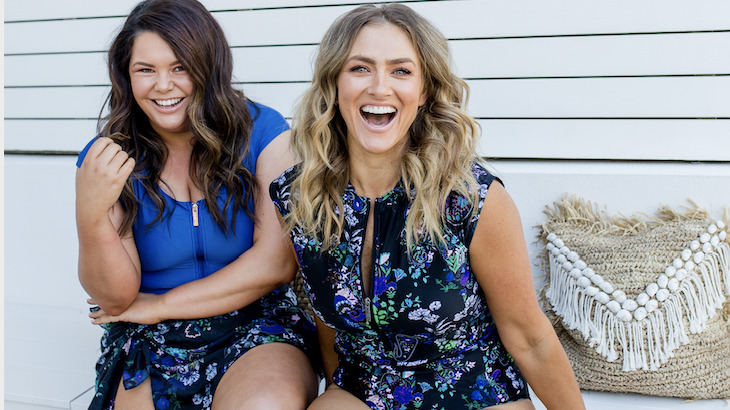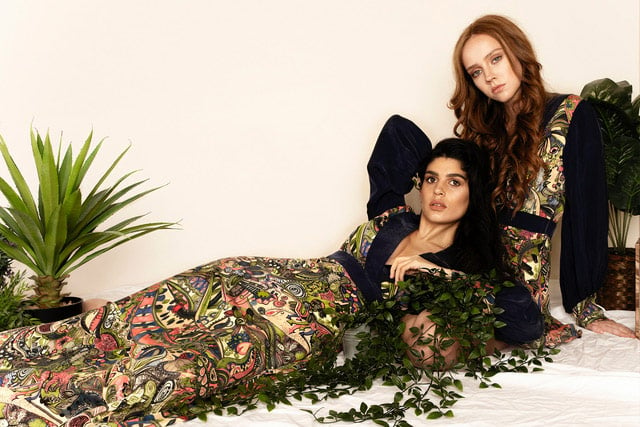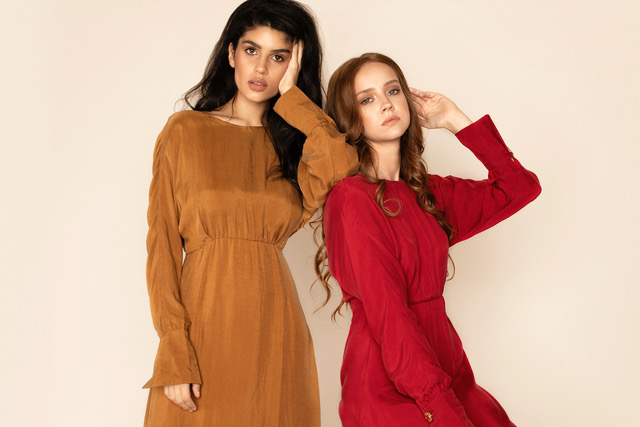The glass ceiling might be shattered in places, but plenty of shards are still there. According to research from Carta, despite women founding roughly 13 percent of companies, they hold less than half that percentage in equity. It’s a gap just begging to be addressed.
Perhaps the best way to attack this equality disparity is for female entrepreneurs to take charge of their own destinies with personal branding. Women are in a unique position to brand themselves and the companies they start. It all boils down to firmly knowing who you are and forging ahead without fear of barriers.
Earning a Place in Any Field
Ruth Bader Ginsburg knew all about pushing the boundaries and creating her own brand.
As a female lawyer in a man’s world, she rose through the ranks by ignoring the status quo and doing her job on behalf of everyone she served, including minorities. We all know what happened as a result: She received a coveted spot on the U.S. Supreme Court.
While I could only hope for Ginsburg’s recognition, I’m devoted to being just as stubbornly tenacious, and I encourage other women to do likewise.
My world is venture capital (VC), which is also traditionally male-dominated. Except it’s changing by quantum leaps — the industry has been shaken up by public sexual harassment claims. Add to those accusations the fact that 74 percent of VC firms don’t have a woman partner, and it’s plain to see the field is ripe for disruption.
This is an exciting opportunity for anyone willing to flood the venture capital realm with gender diversity. Forty-three percent of people think female corporate leaders create safer environments for everyone, according to Pew Research. It’s an awakening of massive proportions, and it’s fueling great innovations.
Of course, you don’t have to be in venture capital to make waves of your own or develop a strong personal brand. Almost every field is trending toward diversity. If you can create your own story and path, you can own a piece of your industry’s real estate.
If you’re ready to wake up and leverage your unique perspective as a woman in the business world, solidify your story (and your brand) by following these four tips:
Be consistent and persistent
Your company’s brand and your personal brand must work together to effectively support your messaging. This is especially important when you’re recruiting and bringing other people into your business.
Instead of hoping for confluence, construct a plan to ensure your business becomes an extension of you as a leader. Neelima Jain is a great example of a powerful leader who understands this point: As the regional head of Energy Efficiency Services Limited, Jain believes a woman’s personal brand is enhanced by unwavering persistence.
“Doubling the effort to achieve the organization’s objectives has enabled me to neutralize the gender divide in a technical field that is still predominantly male-dominated, even in mature markets,” she said in a recent Entrepreneur article. “Commitment to this belief has enabled me to grow as an individual and a professional, today leading the establishment of my company’s operations in the UK toward making this organization a formidable force for change in international energy efficiency markets.”
Make a memorable first and lasting impression
Many professionals — especially women — often mistake pride for cockiness. However, if you don’t sing your own praises and share your expertise, no one will realize your value. To avoid getting left in the dust, solidify your personal brand and highlight your strengths.
Creating content, for example, can boost your reputation as a thought leader by strengthening people’s overall impression of you and establishing your mettle. Case in point: I’ve written a guide to help other business owners take initiatives and avoid pitfalls, which allows me to help others while also putting my name out there.
Another method to establish your personal brand involves speaking at prestigious, cutting-edge events. To cement my role as a VC player, I’ve talked at events like Slush, Collision, APEC CEO Summit, and Davos World Economic Forum.
I have built my overall reputation and track record from the ground up, and holding these talks is just an added bonus. But securing these coveted speech spots did land me a place on Forbes 30 Under 30 and the 2018 Young Global Leaders by World Economic Forum. People recognize my work, my name, and, above all, my brand. And it’s because I’m deliberate in making impressions about what I’ve done and can do.
Achieve results that matter
You can’t talk your way into street cred; it comes directly from the outcomes you and your business generate. Your personal brand affects collaboration with your team and what your team can accomplish, which in turn spurs innovation. But how do you get closer to innovating?
Several studies suggest diversity can be a key. No wonder organizations across the country are adding people of all backgrounds to their teams. Perhaps they’ve read the North Carolina State University research, which reveals that diverse workforces have higher productivity averages and ingrained cultures of resiliency.
When recruiting, hire people who offer differing perspectives while supporting the company’s core brand. That way, your culture will become richer without losing the principles it’s grounded in.
Execute and deliver
From a client perspective, what could be better than working with a firm that offers consistent branding and predictable results? At Fusion Fund, our team works hand-in-hand to raise the bar and collaborate. For instance, we don’t babysit founders. We look for founders with clear solutions and wait for them to ask for resources when they need assistance.
Having this kind of reliable energy and operational foundation means a great deal to our clients. Even founders we’ve rejected have referred us to their friends — that’s the power of the credible brand, both corporate and personal, that Fusion Fund and I bring to the table.
Women are continuing to make the tech and VC industries their homes as rulemakers, not rule breakers. Those that find, explore, and embrace their individual brands early will no doubt shine brightly as they rise through the ranks.
 Lu Zhang is the founder and managing partner of Fusion Fund, a company dedicated to promoting early-stage venture capital for entrepreneurs. She is also a member of Forbes’ 30 Under 30 list and was nominated as World Economic Forum (Davos)’s 2018 Young Global Leader.
Lu Zhang is the founder and managing partner of Fusion Fund, a company dedicated to promoting early-stage venture capital for entrepreneurs. She is also a member of Forbes’ 30 Under 30 list and was nominated as World Economic Forum (Davos)’s 2018 Young Global Leader.










 Lu Zhang is the founder and managing partner of
Lu Zhang is the founder and managing partner of